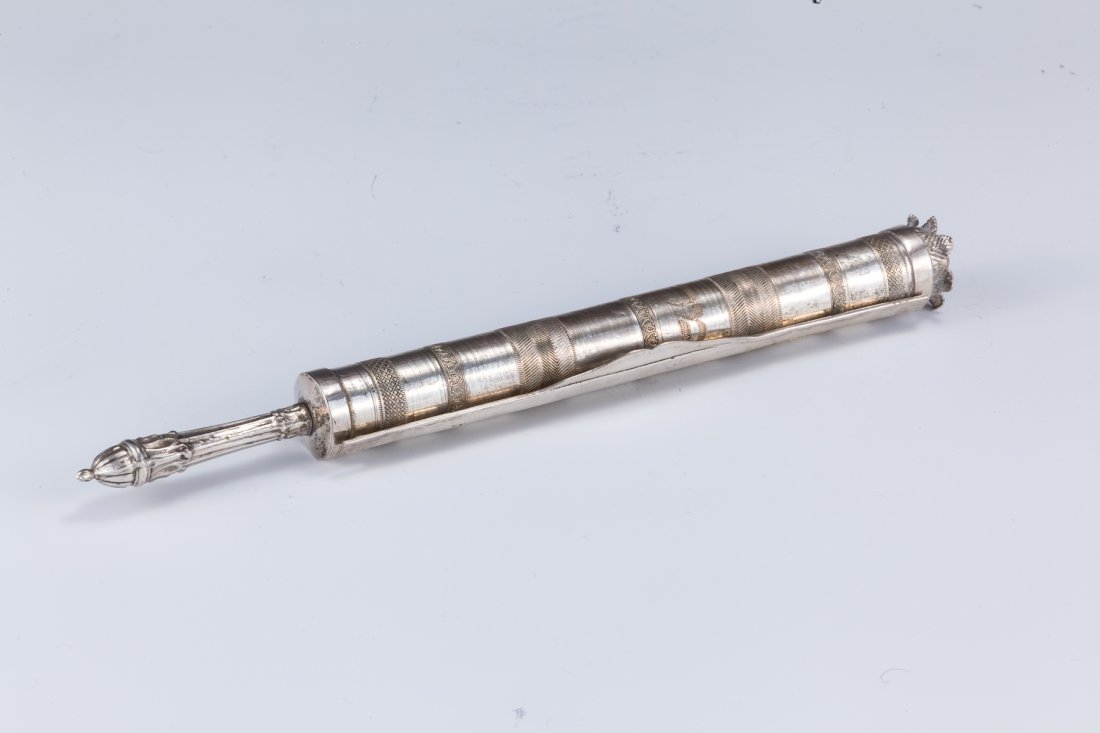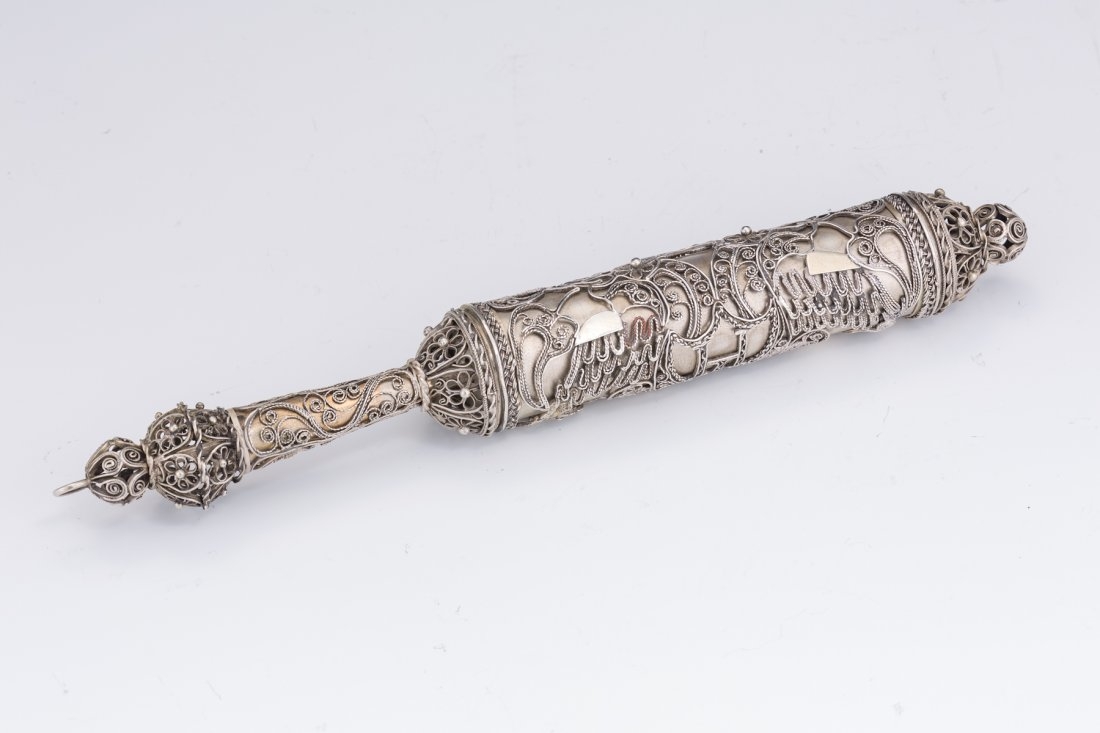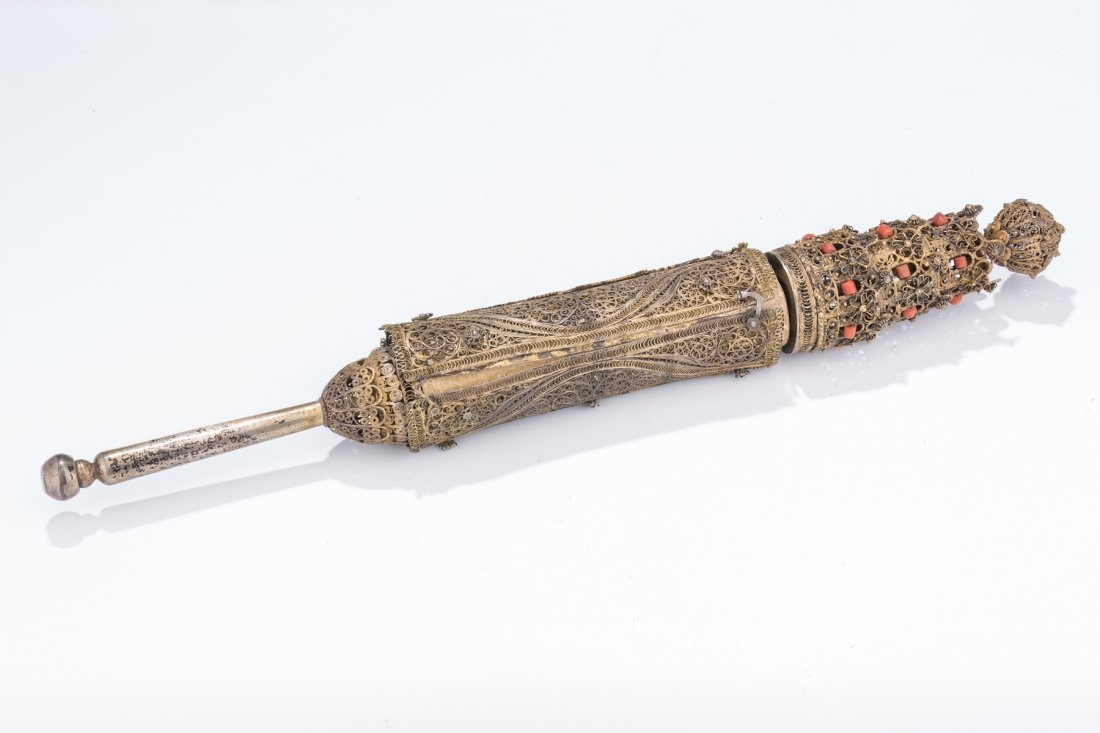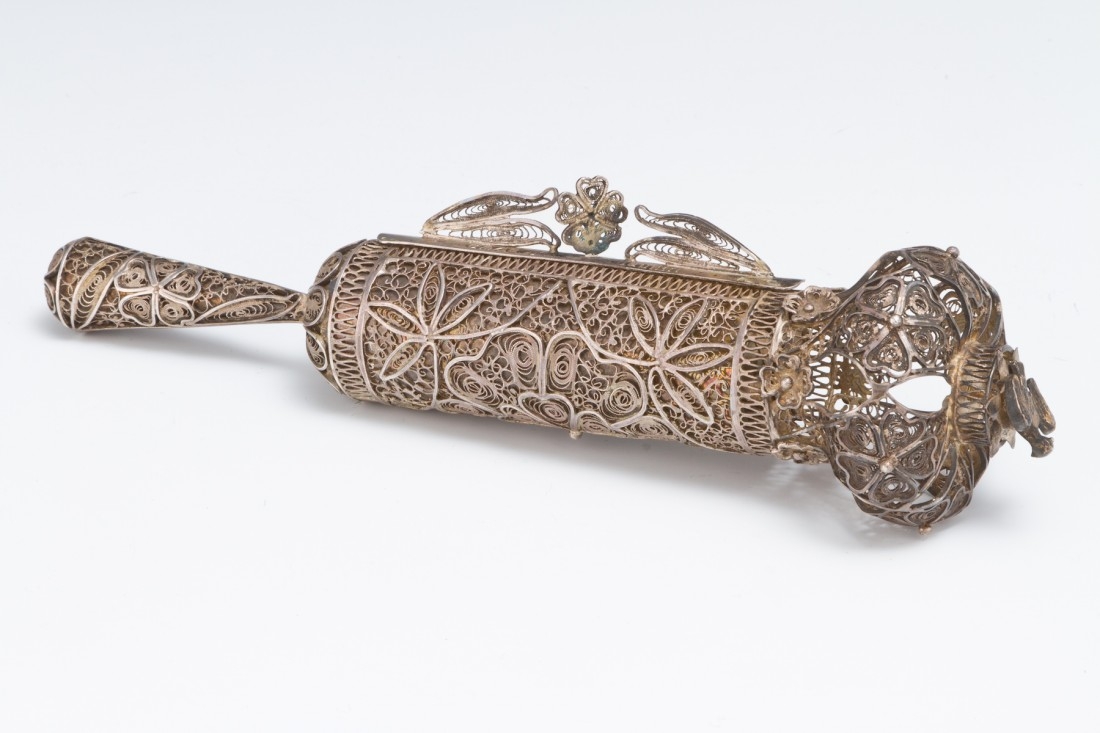
While most of the Jewish holidays are celebratory, there is none like the holiday of Purim. This smaller holiday, which often falls in March and occasionally in late February (such as this year), commemorates the victory of the Jewish population of Ancient Persia over Haman, the notorious anti-Semite and persecutor of Jews in the 4th century B.C.E. Haman, an advisor to the king, created a plot by which he planned to annihilate the Jewish population. Through the intervention of the Jewish hero Mordechai and his niece, Esther, Haman's plans were overturned and the evil plot quickly destroyed.
Purim is traditionally celebrated by partaking in a festive meal with family and friends, giving charity to the poor, dressing up in costume and sending food parcels to close friends and relatives. The main focus of the celebration, however, is the reading of the book of Esther, more commonly known in Hebrew as Megillat Esther, or the Megillah as it is known for short, in synagogue both in the evening before and the morning of the actual day of Purim.
The tale of Purim is not simply a piece of Jewish history, faith and storytelling; instead, because it is recorded by Jewish law on a scroll of vellum (also known as parchment), it has become part of the long Jewish tradition of beautifying religious objects. This tradition, which is known as hiddur mitzvah, the beautification of the good deed, is considered important because the beautification of religious objects is considered to enhance their holiness. This is particularly true when it comes to the megillah.
For centuries the tradition has evolved and today, the megillah is enclosed within a silver case. This case provides safety for the megillah as well as preserving it from decay. Most importantly, the case accomplishes hiddur mitzvah, the beatification of the scroll.
As objects made purely to project beauty and religious worth, antique and historically important megillah cases tend to have been owned originally only by the very wealthy. As the vast majority of the Jewish population during the 19th century was known to have been desperately poor and isolated, it is likely that most Jews never saw items of worth like these, which can sell anywhere from $3,000 to $30,000 today (depending on age and beauty):
Germany, c. 1820. Probably Berlin. Made of a solid silver tube with machine turned engraving. 11"
Ukraine, c. 1820. Gilded silver inner tubewith decorative silver filigree work. 10"
Ottoman Empire, c. 1840. Hand-spun filigree, gilded (gold-plated over silver) and further decorated with corals.
Ottoman Empire, probably Turkey, c. 1860. Hand chased with decorative flowers and other organic designs. 11"

Poland, c. 1890. Made completely of delicately spun filigree wirework applied over gilded inner compartment. Pull tab inscribed with Hebrew dedication. In original fitted presentation box. 11"
As with all objects of Judaica, the region and time period in Jewish history the object is from affects the style of decoration. Although structurally megillah cases are usually the same, accents, metals and technique often differ. That being said, many aspects of the cases are similar, such as a handle that turns the parchment, the tubular structure that houses the scroll, the pull-tab that attaches to the beginning of the megillah so that it can be removed from the casing and usually a decorative crown that adorns the upper portion.
I can think of no greater way to celebrate the joyous and happy holiday of Purim than to read the megillah, knowing that previous generations have held the same piece that is in my hands, smiling.
Happy Purim.



